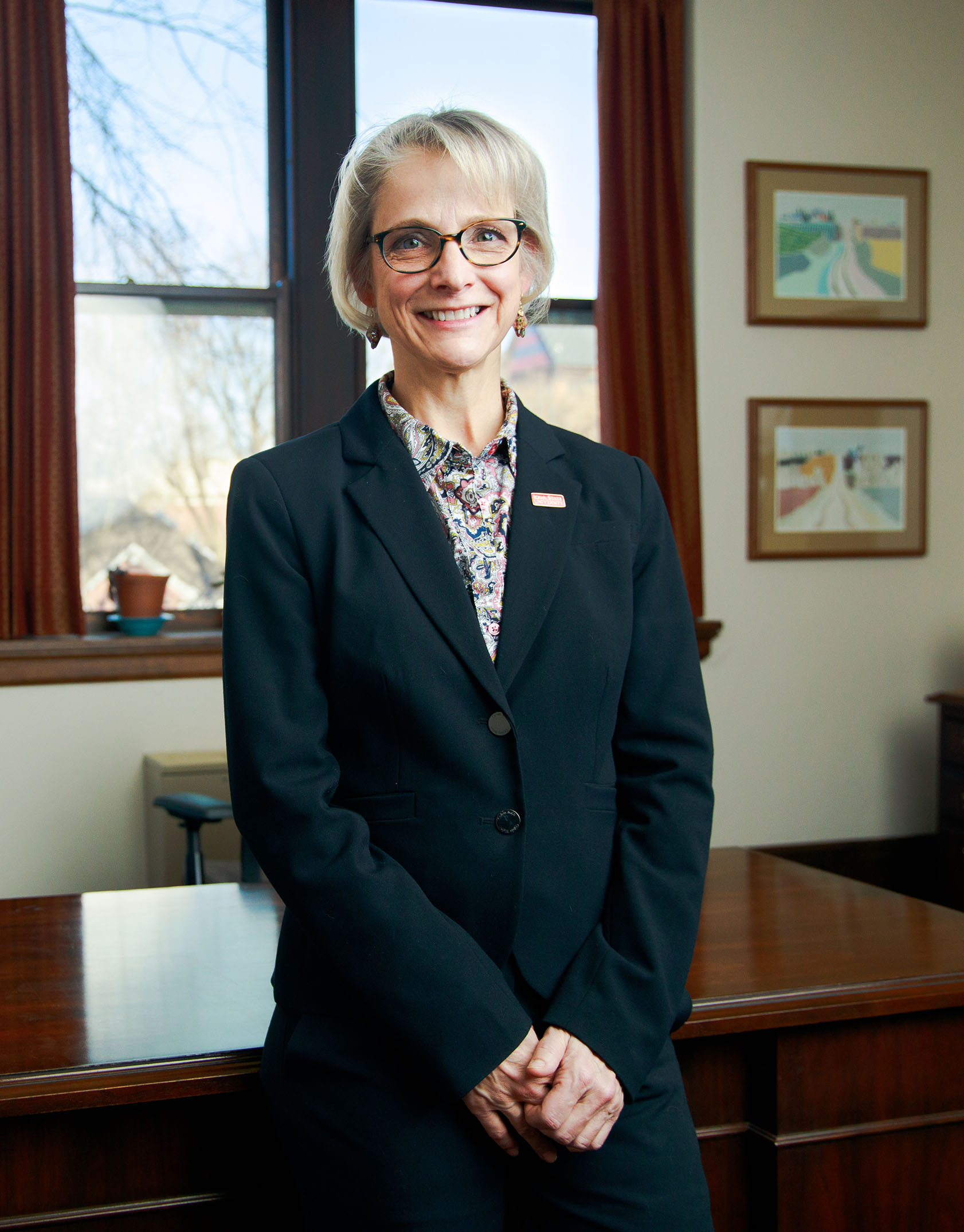Department Values
- Innovative
- Respectful
- Dependable
- Customer-focused
- Campus partner
Message from the CIO
From student learning — to digital accessibility — to research computing — ITS is focused on being the trusted campus partner that enables excellence in education, research, outreach and university operations.
As the university’s core provider of secure, relevant and sustainable technology services and solutions, we strive to bring solutions that benefit and support the university community. The IT Solution Center, available to students, faculty and staff, provides solutions to many technology issues. Always available, the ISU Service Portal provides self-help articles that allow our customers to find a solution at any time.
To ensure network security, teams monitor network activity and implement strategies that prevent unauthorized access to the university’s data and information. Education and awareness regarding cyber security is ongoing to help students, faculty and staff become partners in keeping our networks safe.
As technology needs increase across the university, the necessity for a robust and secure infrastructure is paramount to our success. ITS teams, with support of our campus partners, continue to design and install network infrastructure that can support the many needs of our customers.
With the implementation of the university’s digital accessibility policy, team members continue to lead efforts to ensure equal access for all Cyclones. From the goals outlined in the policy, university staff are being educated on the established criteria, tools are being put into place, and training is being delivered to help engage students, faculty and staff.
Capitalizing on what our teams learned during the COVID-19 pandemic, ITS continues to improve the student experience through in-person, hybrid and online learning technologies. Providing support of these environments has created more options for students to complete their degree programs in a timely fashion, allowed increased access to courses, and provided new opportunities for earning academic credit. During the past year, upgrades were made to more than 60 general use classrooms. These improvements enhance the student educational experience and provided greater flexibility for instructors.
I encourage you to engage with our teams to help you find solutions to your challenges. Working collaboratively, we can continue to provide the tools, services and security necessary for the Iowa State community.
Kristen Constant
Vice President and Chief Information Officer















